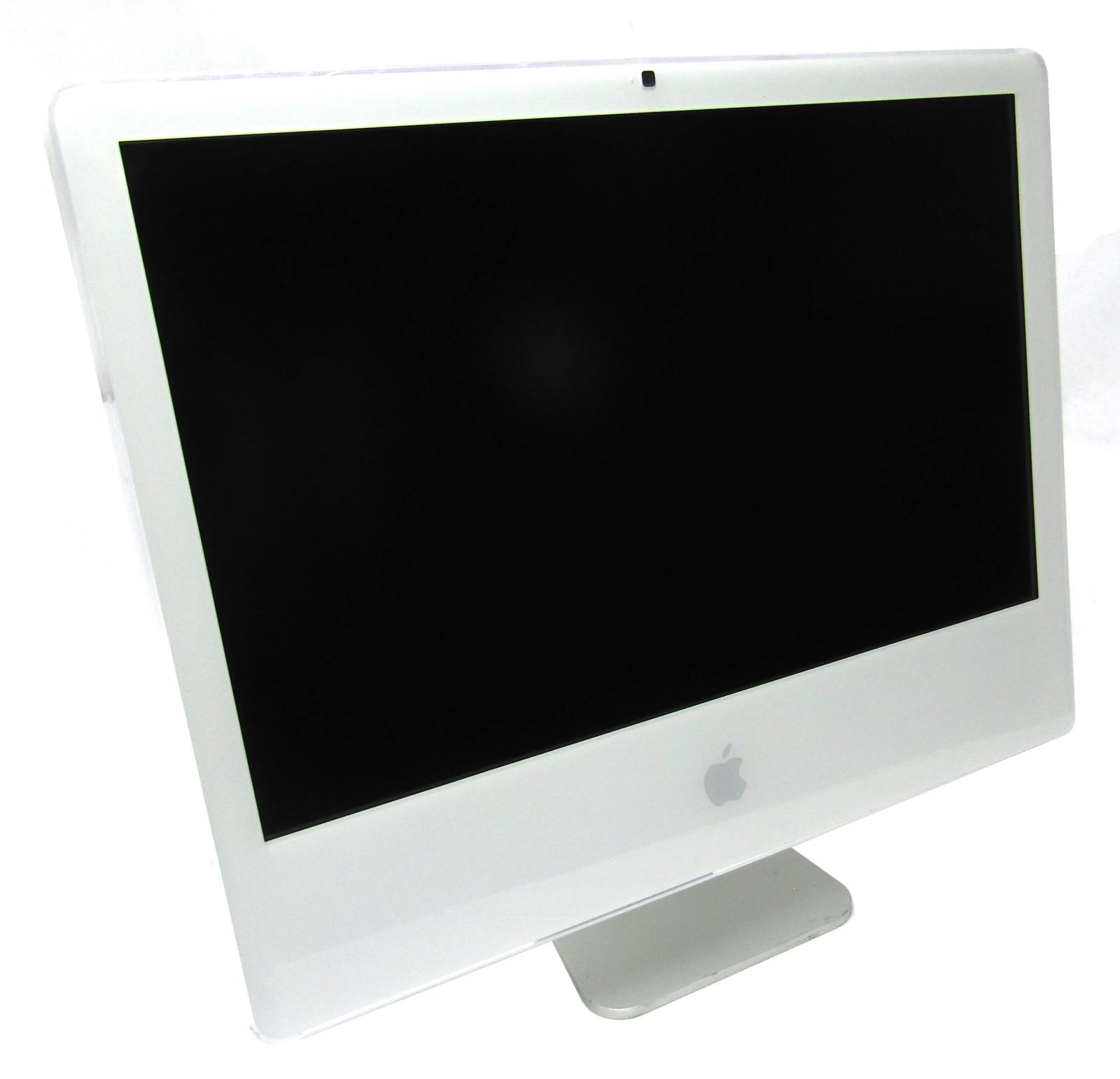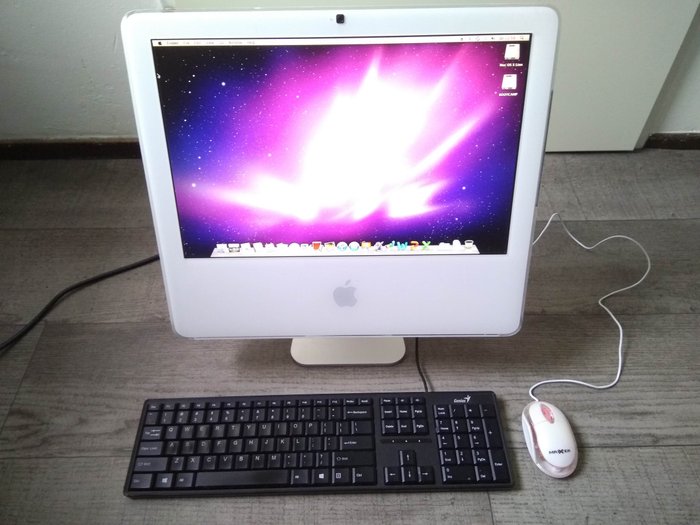

- #Mactracker late 2006 imac pro#
- #Mactracker late 2006 imac Pc#
- #Mactracker late 2006 imac plus#
- #Mactracker late 2006 imac series#
- #Mactracker late 2006 imac mac#
That is because USB 2 was not a particularly fast protocol, and there was potential for a bottleneck in the interface between the drive and the computer. External hard drives running over USB 3 hardware had the potential to move significantly faster than they otherwise would have under USB 2. USB 3.0 brought fast transfer speeds to the masses. Where USB 3 became a game-changer was storage. Keyboards, mice, and printers were largely unaffected by the introduction of USB 3, and these devices did not require the additional bandwidth. USB 3.0 brought high transfer speeds to the masses without breaking the bank. Thunderbolt 3’s greatest strength is the ability to transform a mobile system to a desktop with a single cable. While technically, some Macs currently ship with Thunderbolt 4 ports, on the Mac-side, Thunderbolt 4 is not different from Thunderbolt 3. eGPUs continue to function for Intel Macs and Windows PCs but are not supported by Apple Silicon Macs. This allows for video editors to process effects more quickly and enables high-end gaming on the Mac. eGPUs bring the power of desktop gaming and workstation graphics cards to laptops and compact desktops alike. Thunderbolt 3 allowed external graphics cards, eGPUs, to become a reality.
#Mactracker late 2006 imac mac#
With an adapter or a dock, it’s possible to connect the Thunderbolt ports on your Mac to other devices such as a display, high-speed storage, networking, speakers, and more. For more information on what is the difference between Thunderbolt and USB-C, check out our explainer video. The Thunderbolt interface is a way of carrying USB, PCI, and DisplayPort standards together in one cable. On many models, this is the only connection type. Today, all Macs ship with Thunderbolt 3 ports for connectivity. Starting the list off with a bang is Thunderbolt 3. Macintosh Connectors Thunderbolt 3 Era Macs (2016 – Current) The outlet plug on all Apple laptop chargers is modular and universal, meaning you can use an extender or change the outlet entirely for use in another country. Similar to the adapters available today, MagSafe is available in 85W, 60W, and 45W versions. In 2012 the MagSafe port was redesigned to accommodate slimmer computers, and an adapter is available to connect MagSafe devices to MagSafe 2 Power Adapters.

#Mactracker late 2006 imac series#
The MagSafe series of adapters were prone to wear and tear damage very quickly, and the shielding surrounding the adapter was prone to stripping and fraying. While this feature is dearly missed, it may have been for the best that Apple discontinued the product.

Connecting a MagSafe charger produced a very satisfying *click* sound when connected. MagSafe was a much-loved, modular power solution that detached from the computer if the cable were kicked or pulled quickly. One of the great features of USB-C on Apple portables is that you can charge the device on any available USB-C port. Ideally, it would be best if you matched the correct adapter to each system when possible. If you use a 30W charger to power up the larger 16” MacBook Pro, the adapter will work, but it will take much longer. A USB-C cable is required to connect to the power adapter. At this time of writing, Apple ships three different USB-C Power Adapters: 96W for the 16” MacBook Pro, 61W for the 13” MacBook Pro, and 30W for the MacBook Air.

In addition to the connection type of a charger, a charger also has a power watt rating.
#Mactracker late 2006 imac pro#
But note that a MacBook Air charger might take quite a while to charge a MacBook Pro fully. You can safely use a MacBook Air charger to power up a MacBook Pro. If your computer uses the same shape charging plug, it is OK to mix and match power chargers. MacBook, MacBook Air, and MacBook Pro Chargers USB-C Charging Macs (2015 – Current) Read on to check out our comprehensive guide to Apple connections in use for the past two decades. And while some connectors are widely missed (such as MagSafe), others were loathed (I’m looking at you, ADC).
#Mactracker late 2006 imac Pc#
Apple connections have traditionally offered unique features that were influential to the PC industry. Most times, ports and connectors found on the Mac lineup lived a long life, although there were a handful of embarrassing failures along the way.
#Mactracker late 2006 imac plus#
From the first Macintosh Plus to the new 24” iMac, Apple has used unique connections and has often strayed away from the conventions of the PC industry. When it comes to Apple cables, connectors, and interfaces, Apple has always carved its own path.


 0 kommentar(er)
0 kommentar(er)
